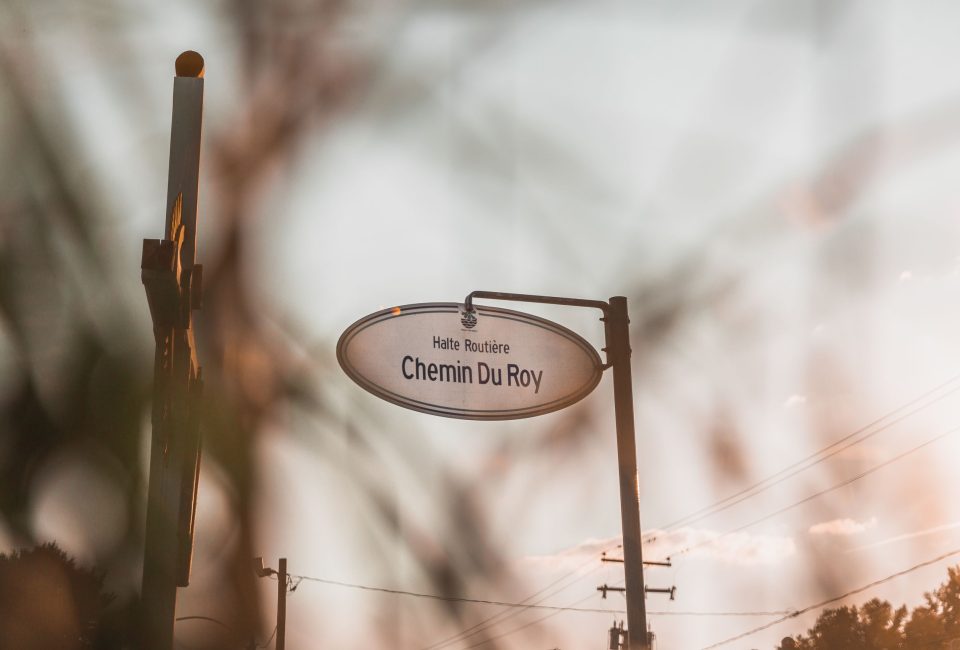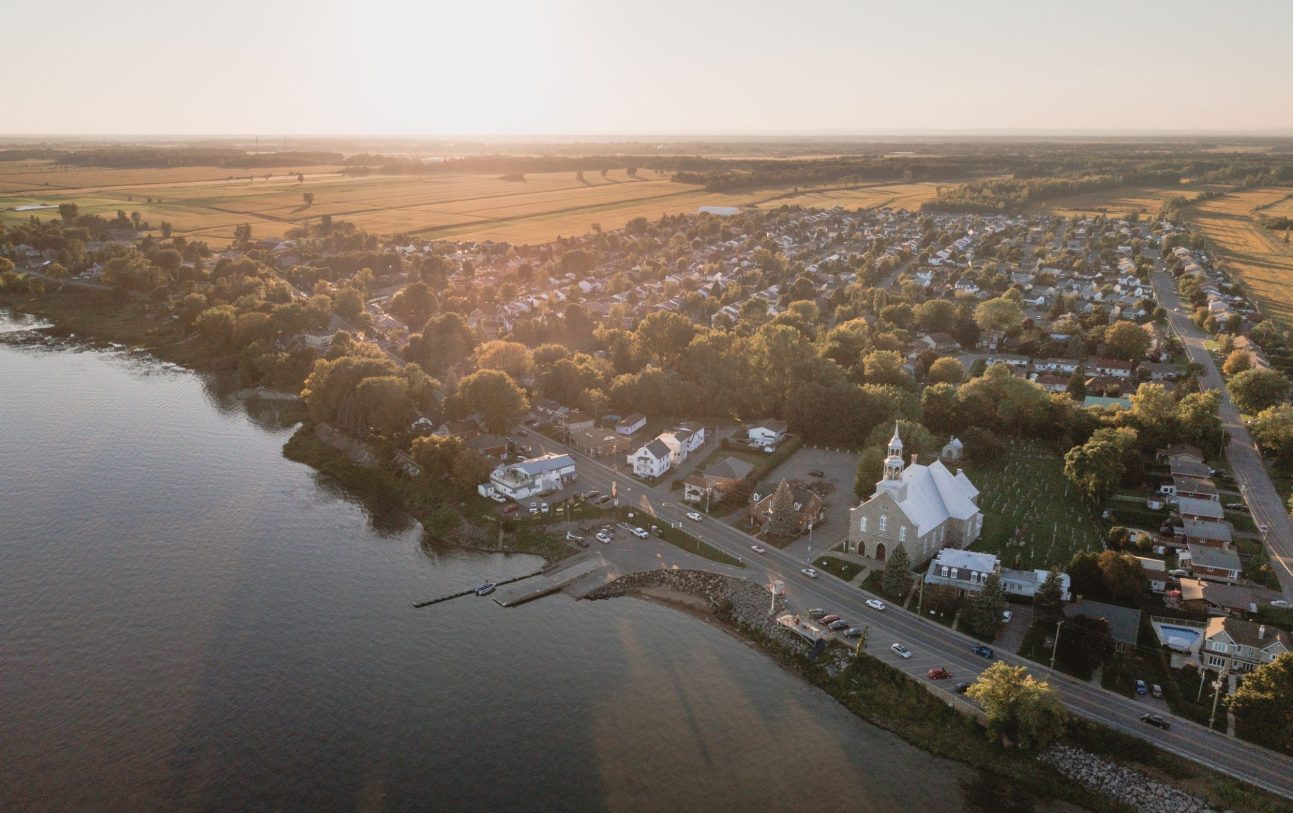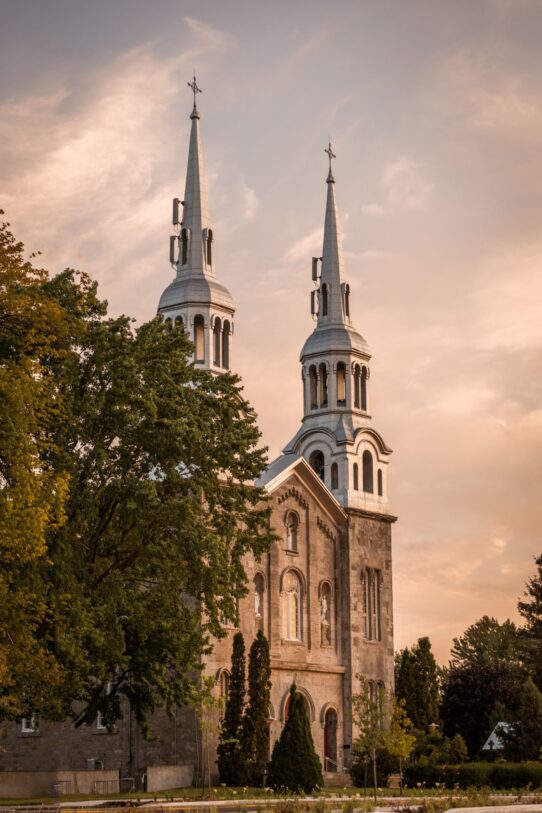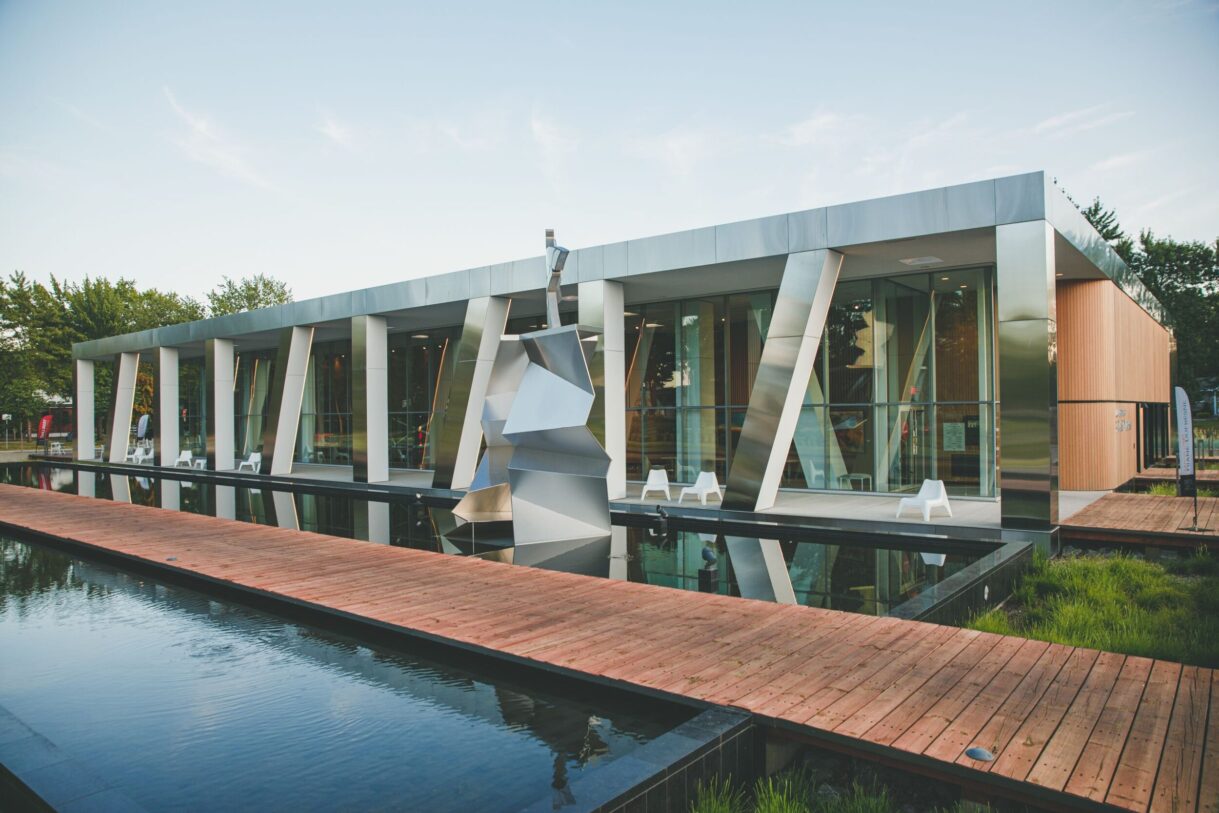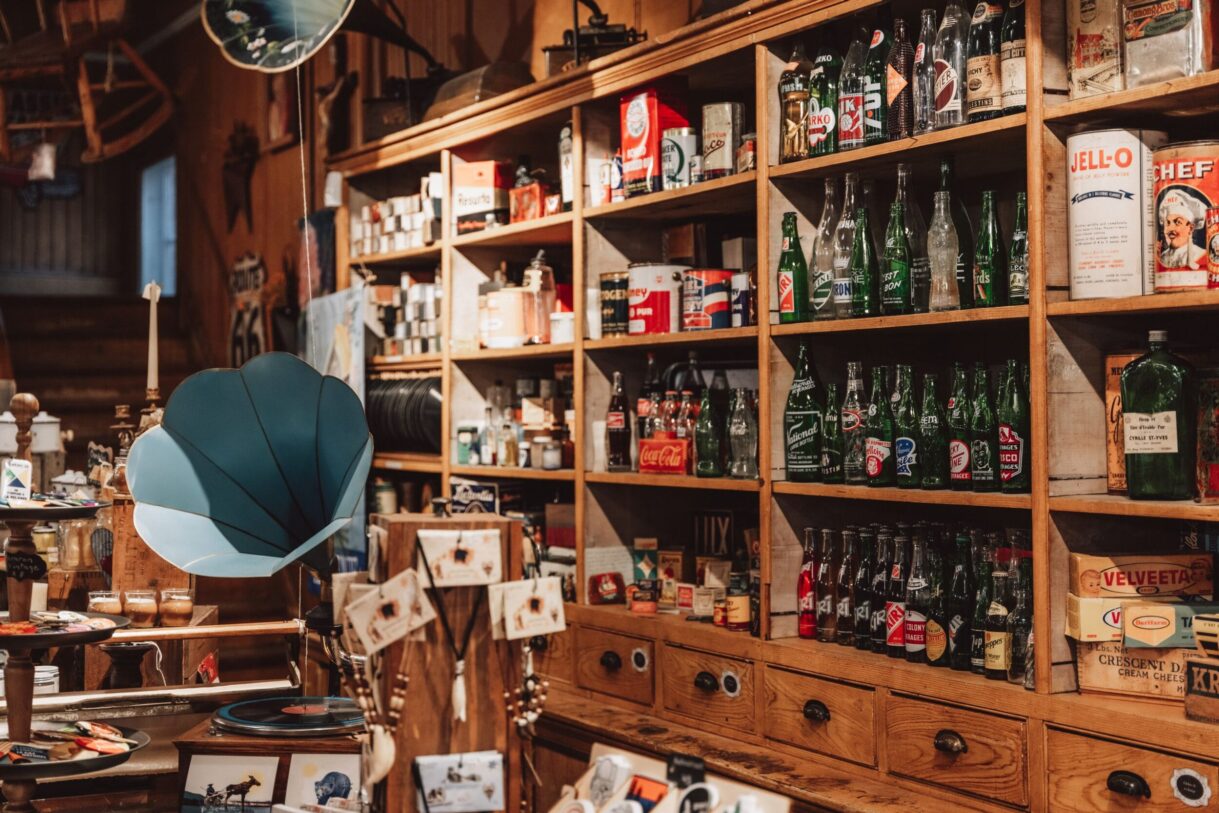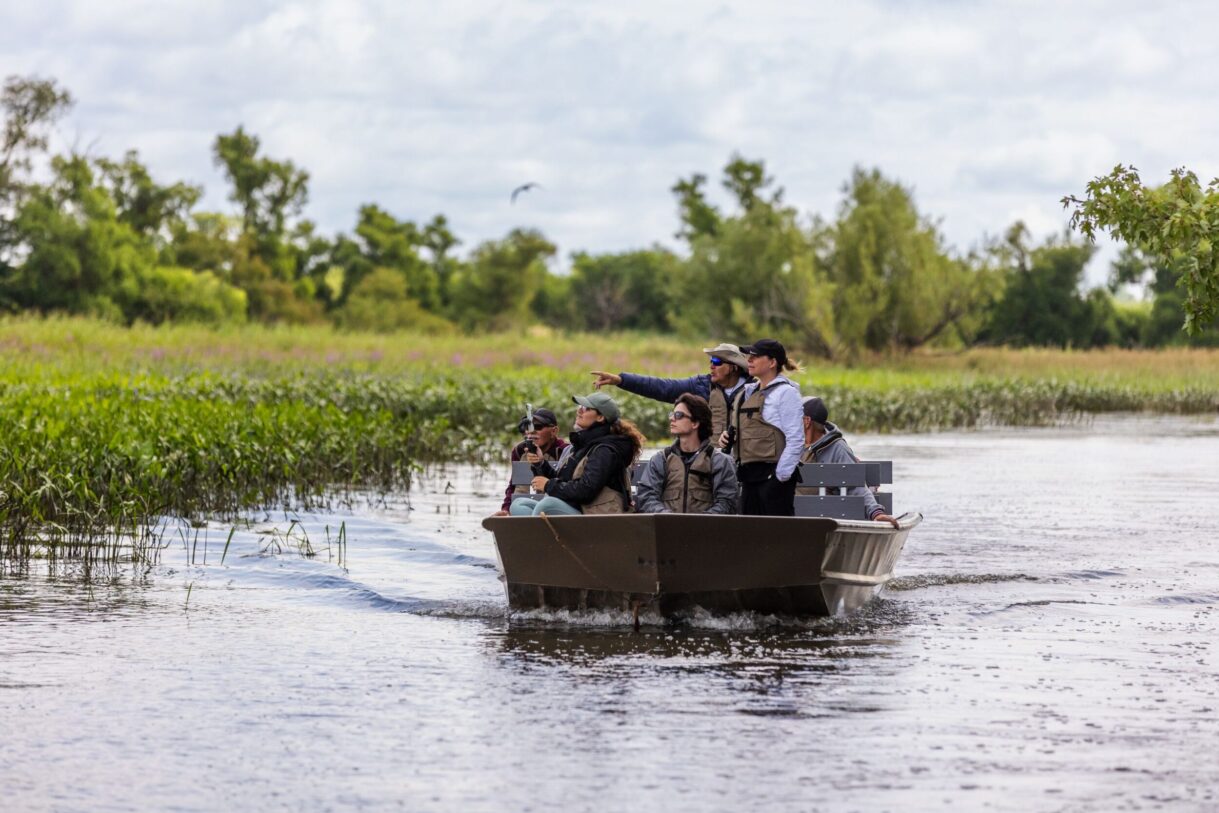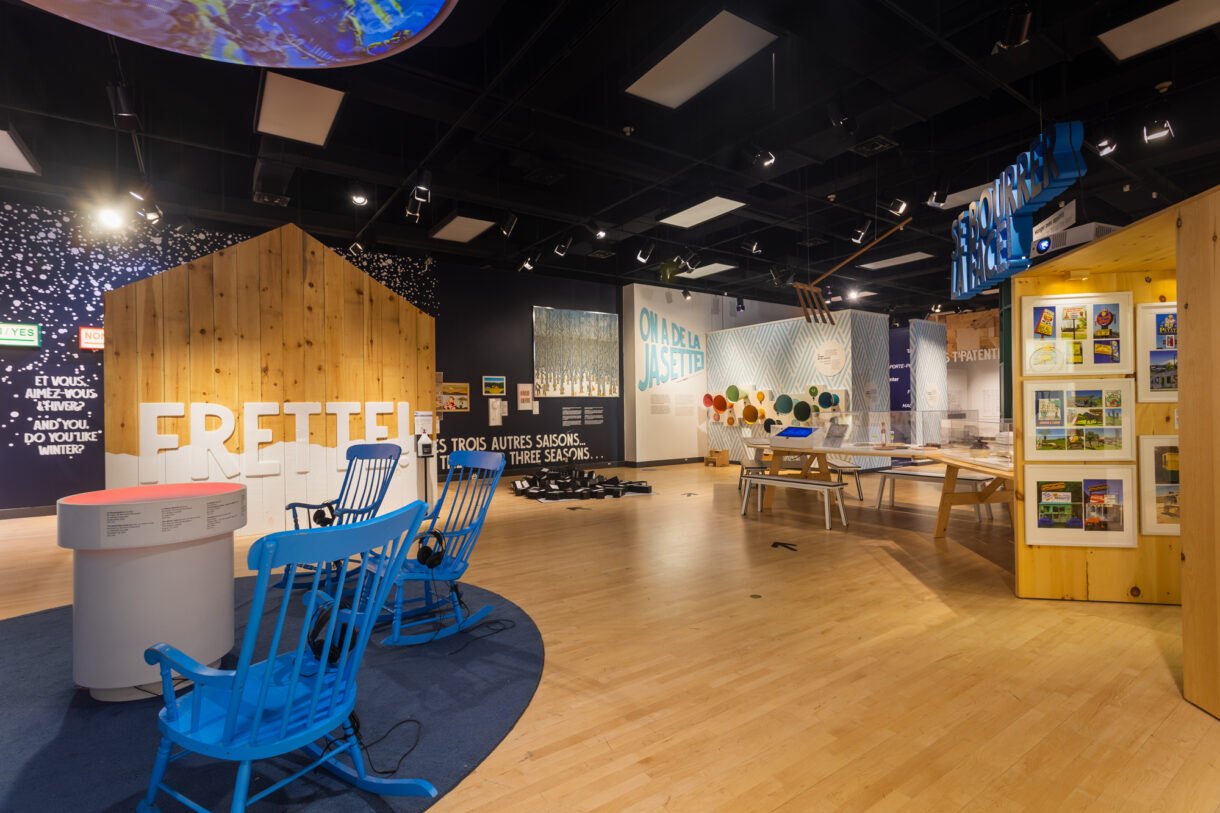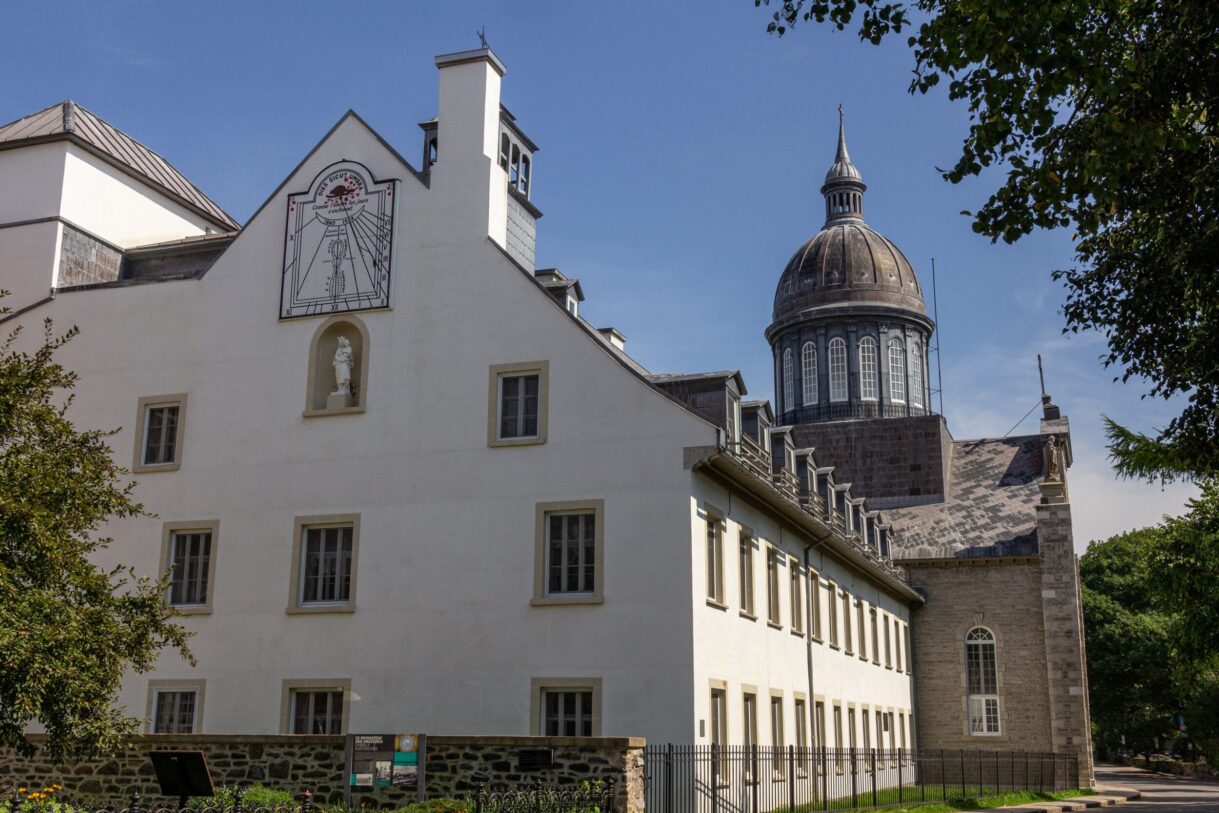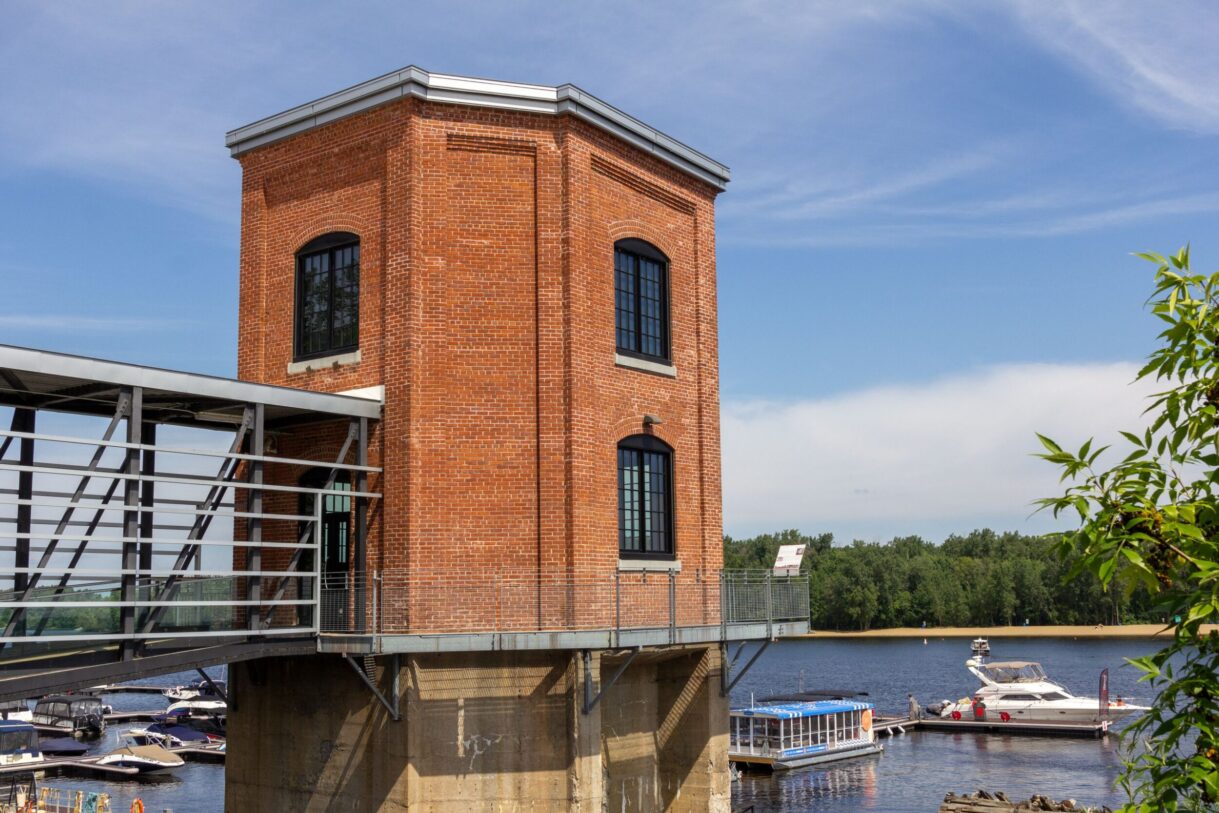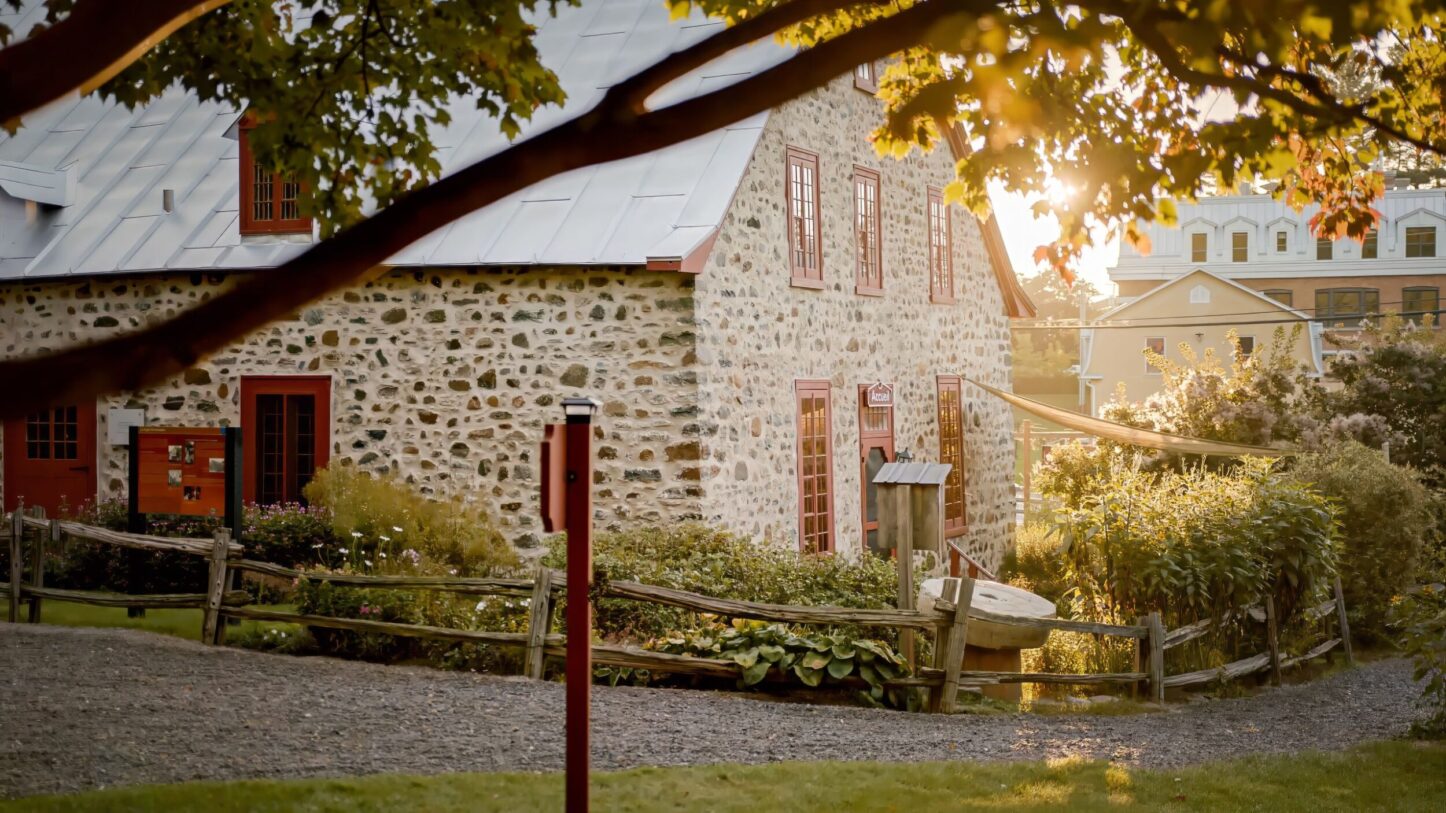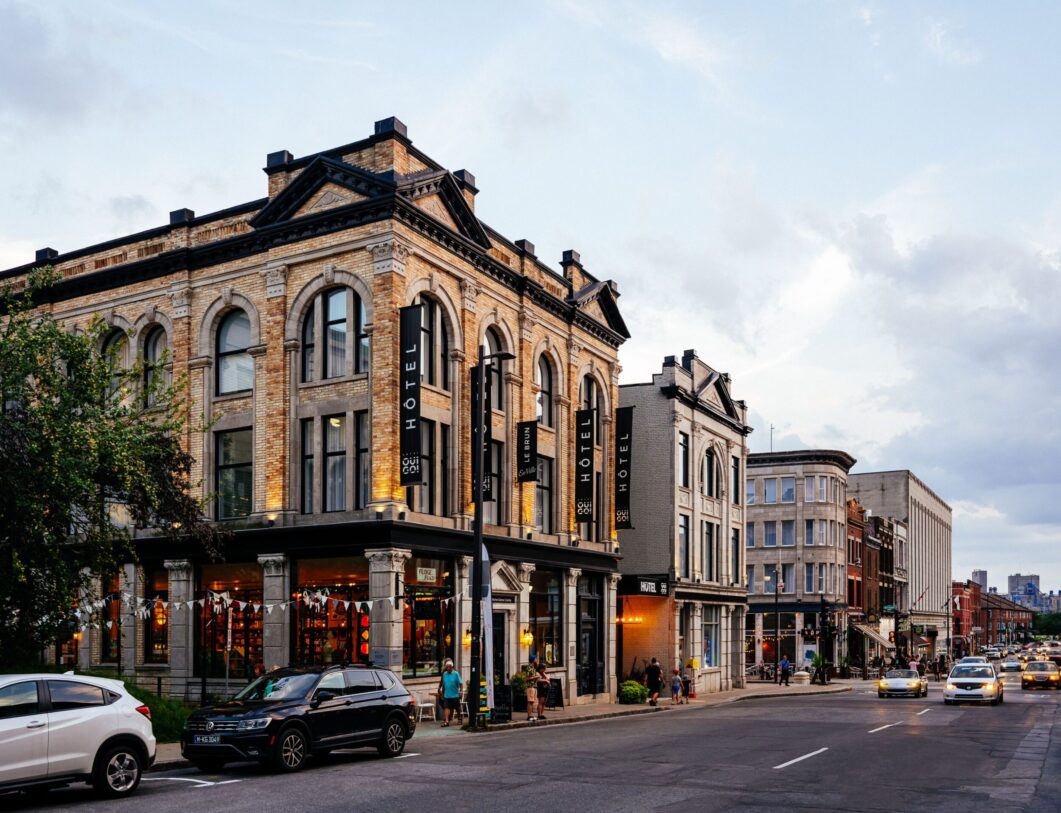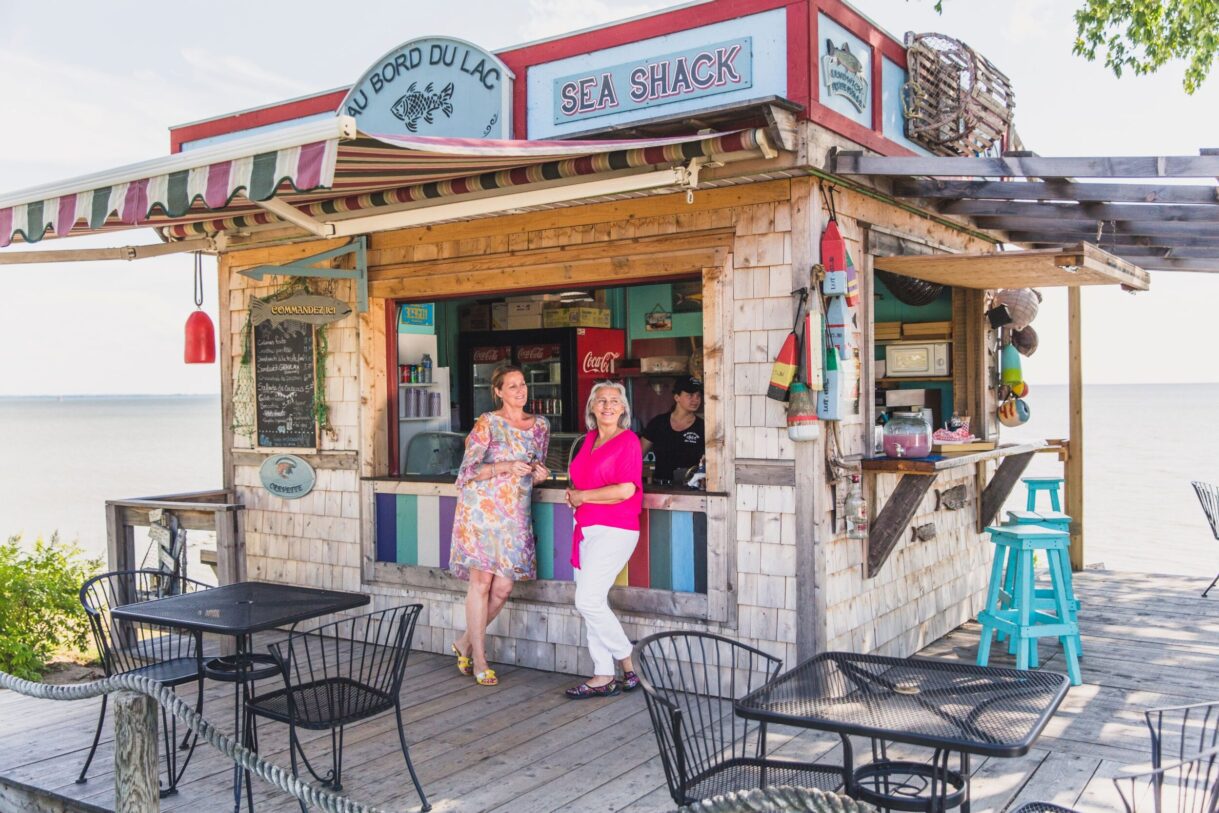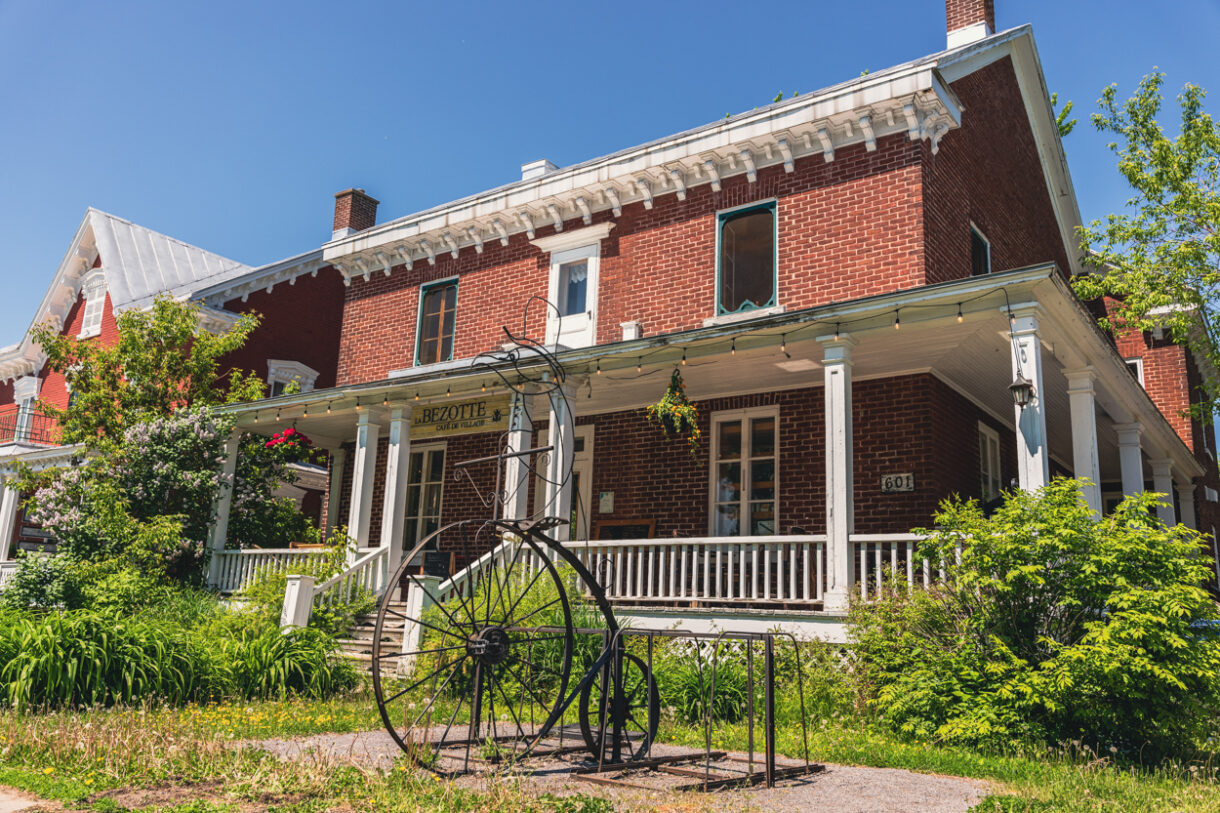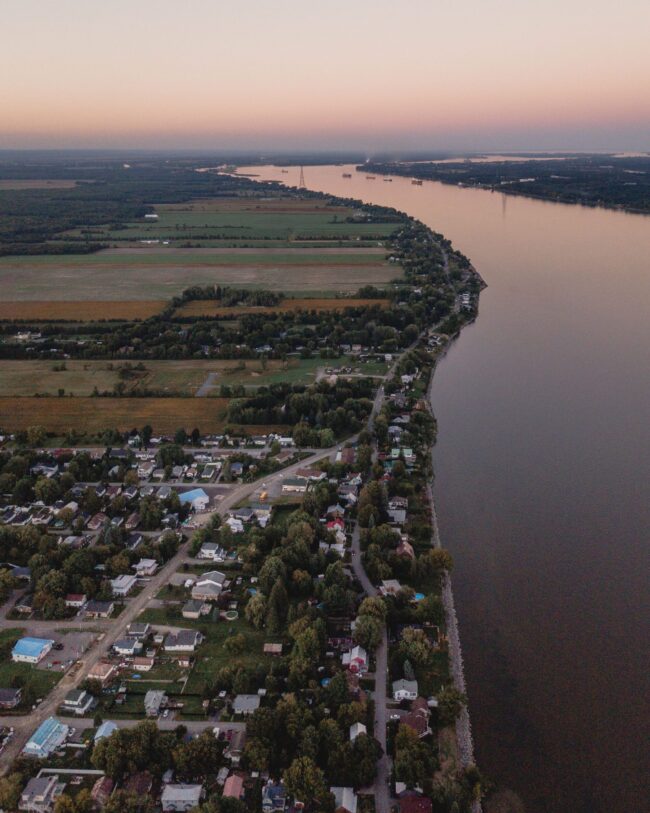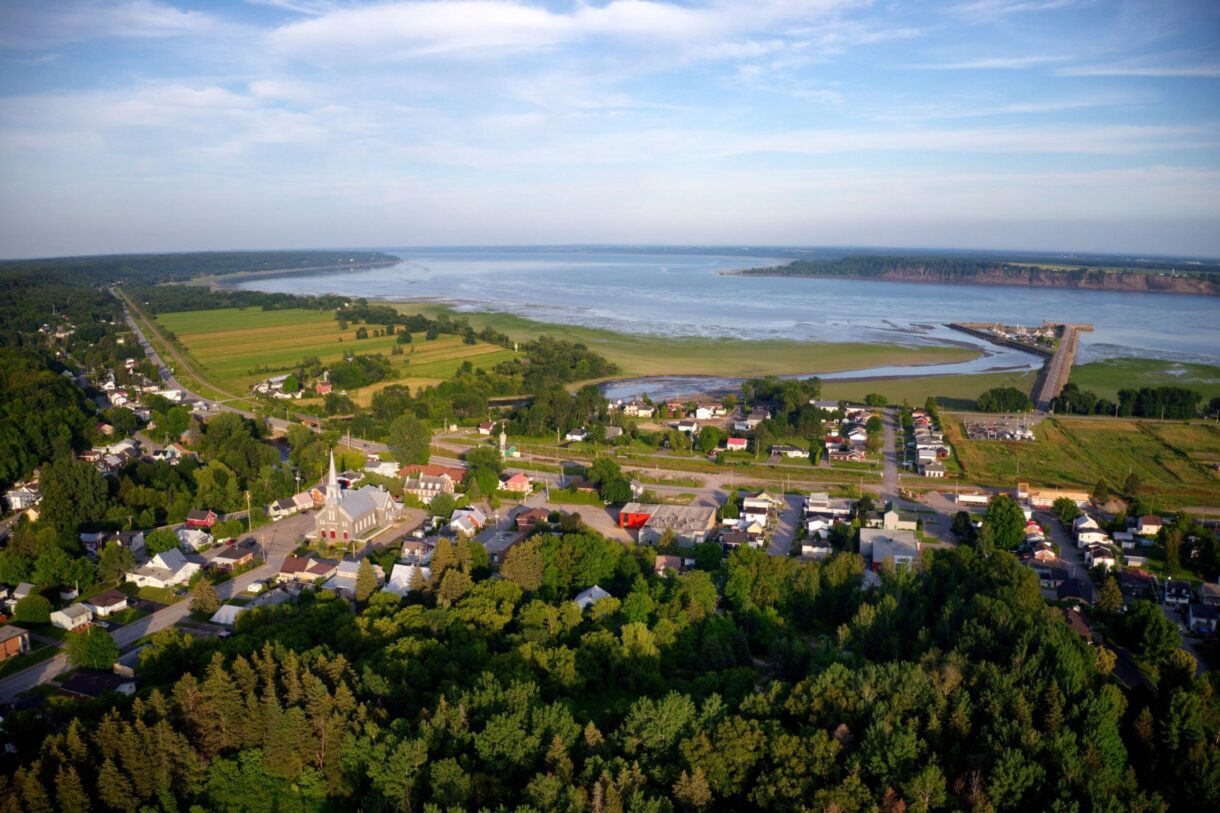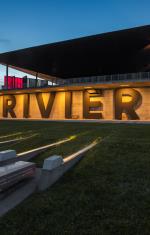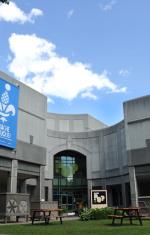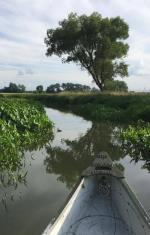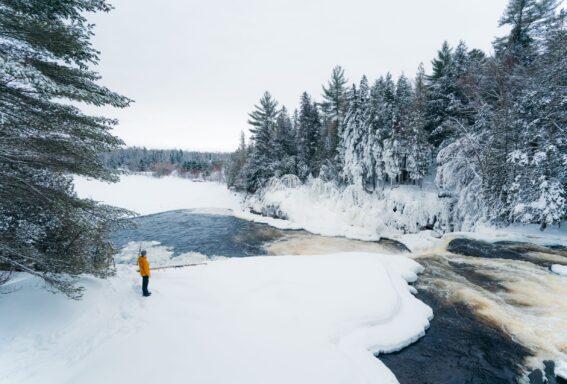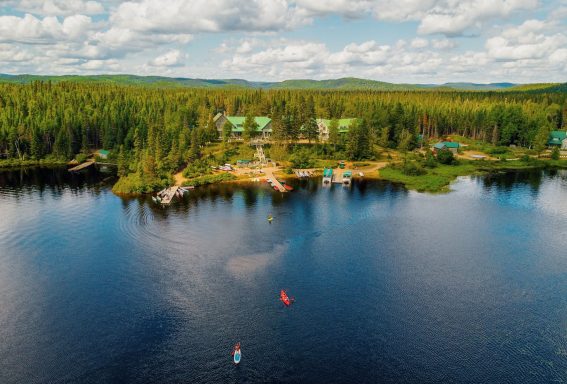Between Montreal and Quebec City stretches a legendary road, the Chemin du Roy, also known as the King’s Road, the first carriageway of New France. Built in 1737, this historic 280-kilometre route follows the majestic St. Lawrence River and winds through picturesque villages rich in heritage.
This scenic drive is a genuine trip back in time, dotted with ancestral homes, historic churches and breathtaking landscapes. It more than deserves a place on your next family trip to Quebec.
How do you plan your trip along the Chemin du Roy? What are the unmissable destinations? Where to sleep and eat? Here’s the complete guide to help you prepare for your journey along this renowned route.
The King’s Road Itinerary
Today, the King’s Road mainly follows Route 138, winding its way along the north shore of the St. Lawrence River. You can start your journey in Repentigny, right on the outskirts of Montreal, and end it in Old Quebec.
The route passes through the Lanaudière, Mauricie and Quebec regions, offering magnificent panoramic views of the river.
Preparing Your Trip on the King’s Road
To make the most of the Chemin du Roy, plan between 1 and 4 days depending on your pace and interests. A 2-day stay will allow you to discover the major sites, while 4 days will give you time to explore the quaint villages and museums in depth.
The route is best explored during the summer months, from June to September, with mild temperatures (20-25°C) perfect for outdoor activities. Autumn (September-October) offers a breathtaking spectacle of flamboyant colours, while spring lets you enjoy the sugaring-off season in the maple groves.
As for transportation, you have several options:
- The car remains the most flexible choice for exploring at your own pace
- Cycling, thanks to the perfectly signposted and safe Route Verte (French for “Green Route”), the longest network of cycling trails in North America
- Campervans, with numerous waterside rest areas
8 Points of Interest Along the King’s Road
Between nature and culture, 8 must-visit destinations await you along the Chemin du Roy. From contemporary art galleries to historic mills and fascinating museums, each stop reveals a unique facet of Quebec history.
These remarkable sites, carefully preserved over the centuries, testify to the cultural richness of New France. From the Centre d’art Diane-Dufresne to the Moulin seigneurial de Pointe-du-Lac, we reveal the stages that make this journey truly royal.
Let yourself be guided through these emblematic places where ancestral traditions and modern innovations meet harmoniously.
1 – Centre d’art Diane-Dufresne
Your first stop on the King’s Road brings you to a contemporary architectural gem in Repentigny. This unique venue hosts exhibitions by both emerging and established artists in a modern, light-filled setting.
The varied program showcases visual arts and crafts through innovative thematic exhibitions. Visitors can discover local, regional and international works in a space designed to make art accessible to all.
Tip: Join one of the creative workshops regularly organized here for an immersive artistic experience. Families will especially enjoy the art-awakening activities designed for the little ones.
2 – Magasin général le Brun
On the Pied-de-la-Côte road in Maskinongé, step back in time at Magasin général Le Brun, a unique historic site in Quebec. This living museum comprises three period general stores, the oldest dating back to 1803.
During the 45-minute guided tour, you’ll discover over 7,000 authentic objects that recount daily life in the 19th and 20th centuries. The site also features a charming shop selling local products and vintage candies, as well as an intimate performance hall called “L’Grenier.”
On sunny days, enjoy the terrace and garden while sipping a homemade lemonade.
3 – Domaine du Lac Saint-Pierre
Tucked away in the heart of a unique ecosystem, Domaine du Lac Saint-Pierre invites you to an exceptional natural experience. This vast inland sea, bordered by marshes, bays and islands, is a paradise for outdoor enthusiasts and a UNESCO World Heritage Site.
In summer, set off on a bayou safari to observe local wildlife and flora, or choose a guided fishing trip on the lake’s fish-rich waters. For those who prefer to soak it all in, a pontoon cruise at sunset is a delight.
In winter, the area becomes a playground for ice fishing and snowmobiling. Whatever the season, extend the experience by staying in one of the site’s accommodations: comfortable cottages, campsites or glamping for those who love comfort in the heart of nature.
A little extra: don’t miss the Le Bayou restaurant and its café-boutique, perfect for a gourmet break between two activities.
4 – Cabane à Sucre Chez Dany (Sugar Shack)
Halfway between Montreal and Quebec City, Cabane à sucre Chez Dany immerses you in a typically Quebec “sugaring-off” experience. In a charming country setting, you’ll be welcomed by Dany and his team for a traditional feast accompanied by folk music.
On the menu: pea soup, baked beans, meat pie, maple-glazed ham and many other delights to tempt your taste buds. Don’t miss the guided tour of the maple grove, where you’ll discover the secrets of maple syrup production, followed by a taffy on snow tasting session.
The sugar bush boutique is also the ideal place to take home a cane of maple syrup, a gourmet Canadian souvenir that will long remind you of your visit to La Belle Province.
5 – Musée POP
In the heart of Trois-Rivières, the Musée POP invites you on a fascinating exploration of Quebec culture. This bold, accessible museum offers six interactive theme-based exhibits that will appeal to the whole family.
Young and old alike will be captivated by the playful exhibits that reveal the history and traditions of Quebec. Children will particularly appreciate the participatory activities and exploration areas specially designed for them.
The star attraction of the complex is the Old Prison of Trois-Rivières, a listed historic monument. This unique experience-tour plunges you into the 19th-century prison world through projections, sound effects and digital technologies that bring history to life in a captivating way.
6 – Historic District of Trois-Rivières
Discover the unique charm of Trois-Rivières’ historic district, the second-oldest francophone city in North America. This peaceful area, classified as a heritage site since 1964, invites you on a captivating stroll through Quebec’s history. Along the cobblestone streets, admire the architectural richness of ancestral buildings, such as the Ursuline Monastery dating from 1697, or the old prison dating from 1822.
The heritage circuit, dotted with interpretive panels, guides you through 15 emblematic sites, from the historic district to the Terrasse Turcotte, where you’ll enjoy an unbeatable view of the harbour and the St. Lawrence River.
Pause at one of the charming cafés on Rue des Forges, the main artery of downtown, where lively terraces and artisan boutiques await you.
7 – Boréalis
At the confluence of the Saint-Maurice and St. Lawrence rivers, the Boréalis museum plunges you into the fascinating story of the paper industry that has shaped the history of Trois-Rivières. Housed in a century-old filtration plant, this unique venue offers an immersive experience through its all-new “Transformations” permanent exhibition.
Roam freely through this authentic building to discover the stories of the men and women who made Trois-Rivières the paper capital of the world. Curious visitors can explore the mysterious underground reservoir, take part in an artisanal paper-making workshop and engage all five senses with interactive installations.
A little extra: enjoy a gourmet break on the most beautiful terrace between Quebec City and Montreal, with a breathtaking view over the confluence of waters. In summer, an immersive cruise completes the visit.
8 – Moulin seigneurial de Pointe-du-Lac
Built around 1765, the Moulin seigneurial de Pointe-du-Lac is one of Quebec’s finest examples of rural architecture. This classified historic site offers a fascinating immersion into two worlds: that of the millers of yesteryear through the permanent exhibition “Master Miller”, and that of woodworkers with “Wood Flour”. The guided tour reveals the secrets of flour production and allows you to admire the original mechanisms, still in working order – a rarity for a building of this era!
Beyond the mill, take advantage of the 6 kilometers of marked trails winding through the seigniorial forest. These paths take you along the Saint-Charles River to the seigneur’s canal, offering superb views of the entire complex. For a well-deserved break, take a seat in the shaded rest area or visit the souvenir store featuring local products and crafts.
Where to Sleep Along the Chemin du Roy?
In the heart of downtown Trois-Rivières, Hôtel Oui GO! welcomes you in a beautiful early-century heritage building. This 28-room boutique hotel perfectly blends historic charm with a chic, laid-back contemporary design.
Just steps from the historic district and the Old Port, you can easily explore nearby attractions on foot, whether visiting museums, strolling lively terraces or admiring ancestral architecture.
The Best Places to Eat on the King’s Road
Quebec gastronomy awaits you all along the Chemin du Roy.
The Sea Shack au bord du lac offers refined marine cuisine in a bucolic setting, where fresh fish and seafood can be enjoyed overlooking the shimmering waters.
La Bezotte – Café de village brilliantly blends the spirit of old tea houses with contemporary bistro cuisine. A perfect spot for a gourmet break between visits, with homemade pastries and comforting soups.
Frequently Asked Questions
Why was the King’s Road built?
The Chemin du Roy was created in response to a vital need to connect New France’s three main cities. Before its construction in 1737, travelers relied solely on the St. Lawrence River, often impassable in winter. Grand voyer Eustache Lanouiller oversaw this ambitious project, which established a 280-kilometer carriageway to ease the transport of mail, goods and travelers between Montreal and Quebec City.
What is the best time to visit?
To make the most of the King’s Road, plan your trip between June and September during the summer season. Mild temperatures around 20°C and ample sunshine allow you to fully appreciate the river panoramas and historic village stops. September and October also offer enchanting autumn colours, while winter transforms the road into a more adventurous route, ideal for lovers of snowy landscapes.
Where does the King’s Road start and end?
The official Chemin du Roy route begins in Repentigny, on Montréal’s northeast shore, and ends in the heart of Old Quebec. This historic road follows today’s Route 138, crossing the Lanaudière, Mauricie and Capitale-Nationale regions alongside the St. Lawrence River over some 280 kilometers of picturesque countryside.
Can you cycle the route?
The King’s Road is perfect for a cycling tour thanks to the Route Verte, a secure cycling route that follows the historic path. Cyclists will appreciate the wide shoulders on busier sections and the quiet country roads on others.
How can I get a detailed map of the route?
The brand-new Chemin du Roy website allows you to geolocate yourself via GPS, so you can see in real time where you are on the route and what there is to see and do nearby. Mobile apps like Route Verte Mobile also offer interactive maps with points of interest.
The Chemin du Roy is much more than a simple tourist road. It’s a true journey through time, allowing you to discover the very essence of historic, authentic Quebec.
From the banks of the St. Lawrence to quaint villages and exceptional heritage sites, every kilometer tells a new page of New France’s story.
Whether you choose to explore it by car, bicycle or in stages, take the time to soak up the unique atmosphere of this legendary road. Stop at the fascinating museums, savour the local cuisine and let yourself be surprised by the area’s cultural richness.
So, ready to set off on North America’s first drivable road? The King’s Road awaits you, ready to reveal its hidden treasures and create unforgettable memories of your trip to Quebec.
